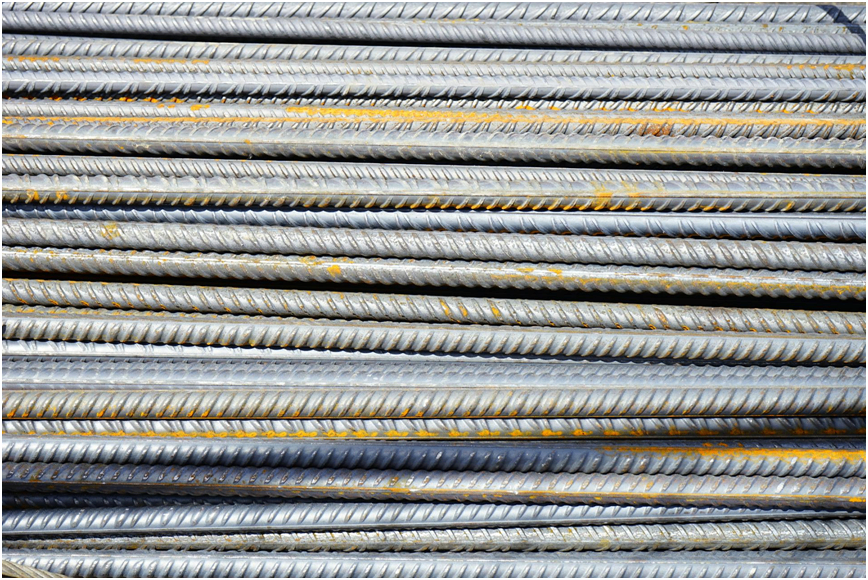With earthquakes occurring frequently today, the seismic performance of buildings has become a core issue concerning life safety. As the "invisible guard" in the field of modern construction, seismic rebar plays an irreplaceable role in the construction of various infrastructures with its unique performance advantages.
Image Source:Pexels
1. The "genetic code" of seismic rebar
Although traditional rebar has high strength, it is prone to brittle fracture under the repeated impact of seismic waves. Seismic rebar forms fine carbonitride precipitation phases by adding microalloy elements such as vanadium (V) and niobium (Nb), which improves strength while maintaining material toughness. Its strength-to-yield ratio (ratio of tensile strength to yield strength) is ≥1.25, and its yield-to-standard ratio (ratio of measured yield strength to standard value) is ≤1.30, ensuring that it can withstand huge loads in earthquakes and consume energy through plastic deformation.
2. "Technology Alchemy" from production to application
The production of seismic rebar can be called "technology alchemy". Taking HRB500E seismic rebar as an example, its process covers converter smelting, argon blowing, continuous casting, heating, rolling, cooling and other links. Controlled rolling and controlled cooling technology (TMCP) is used in the rolling process to form a uniform ferrite-pearlite structure inside the steel by precisely controlling the rolling temperature and cooling rate. This organizational structure gives seismic rebar excellent mechanical properties: the yield strength exceeds 500MPa, the elongation after fracture is more than 25%, and it can maintain good toughness even in an extremely cold environment of -40℃.
3. "Full-dimensional coverage" of application scenarios
The application of seismic rebar has penetrated into various building scenarios. In the field of high-rise buildings, super high-rise buildings such as Shanghai Tower and Shenzhen Ping An Financial Center all use HRB500E seismic rebar, whose high strength characteristics effectively resist wind vibration and seismic loads. In the construction of transportation hubs, such as the Hong Kong-Zhuhai-Macao Bridge immersed tube tunnel and the Sichuan-Tibet Railway tunnel, the low-temperature toughness of seismic rebar ensures the stability of the structure in extreme environments. What is more noteworthy is that in the field of livelihood projects, schools, hospitals and other public buildings are required to use earthquake-resistant steel. Taking the post-disaster reconstruction of the Wenchuan earthquake as an example, the proportion of earthquake-resistant threaded steel used exceeded 90%, providing safety guarantee for the reconstruction of the disaster area.

